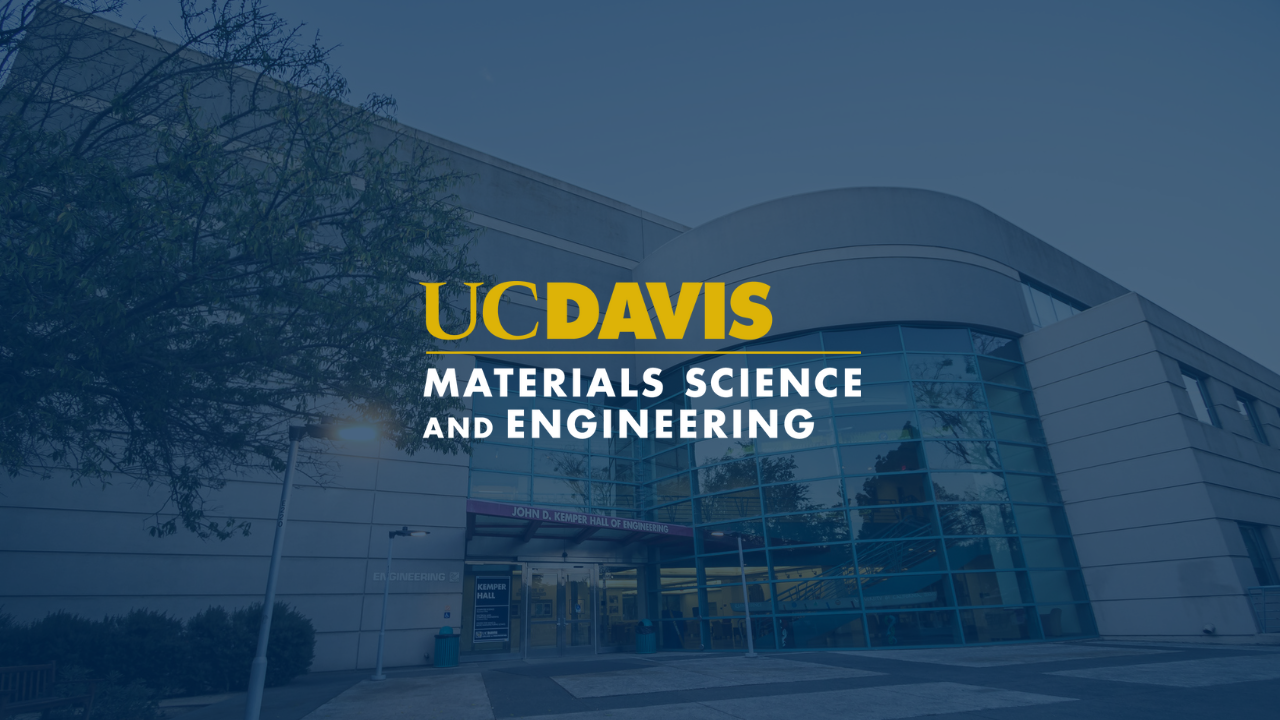
Event Date

Understanding Strain Hardening of Face-Centered Cubic Metals using Dislocation Dynamics
Understanding plasticity and strength of crystalline materials in terms of the physics of microscopic defects has been a long-standing goal of materials research. Over the last two decades, much effort has been placed on the prediction of stress-strain curve of single crystals through large-scale dislocation dynamics (DD) simulations. If successful, DD can thus provide a quantitative link, which has been lacking to date, between dislocation physics at the atomistic scale and crystal plasticity at the continuum scale.
Here we report the latest findings from DD simulations of uniaxial deformation of single crystal Cu along more than 100 loading orientations. These DD simulations generate a large amount data on the dislocation microstructure evolution based on which physics-based constitutive relations can be constructed systematically. The dislocation networks are found to have a much more complex structure than previously expected, in the sense that most nodes (where three dislocation lines meet) are not recognizable from the conventional picture of binary junction formation. The dislocation link length on every slip system is found to obey a distribution describable by the sum of two exponentials. We also report the first direct comparison between DD simulations and Kolsky bar experiments for single crystal Cu under [001] and [011] orientations under identical loading conditions (strain rate ~ 104 s-1). Such a comparison is essential in establishing the fundamental premise of dislocation-based theory of crystal plasticity.We will present the insights gained from these comparisons, including the importance of jogs on dislocation mobility.
